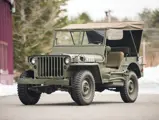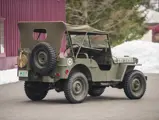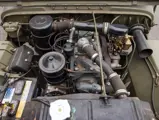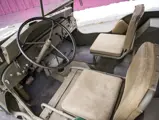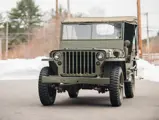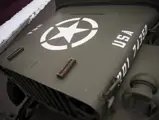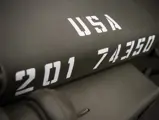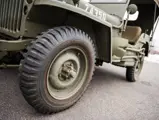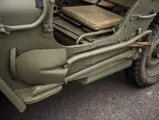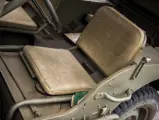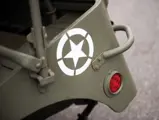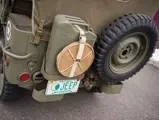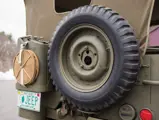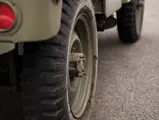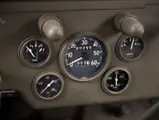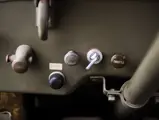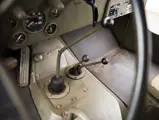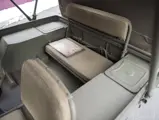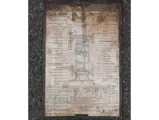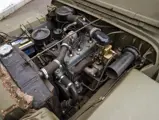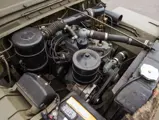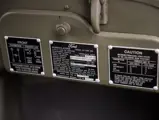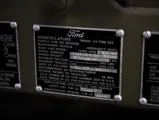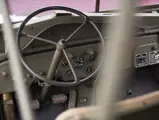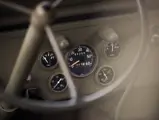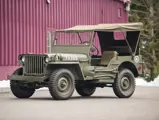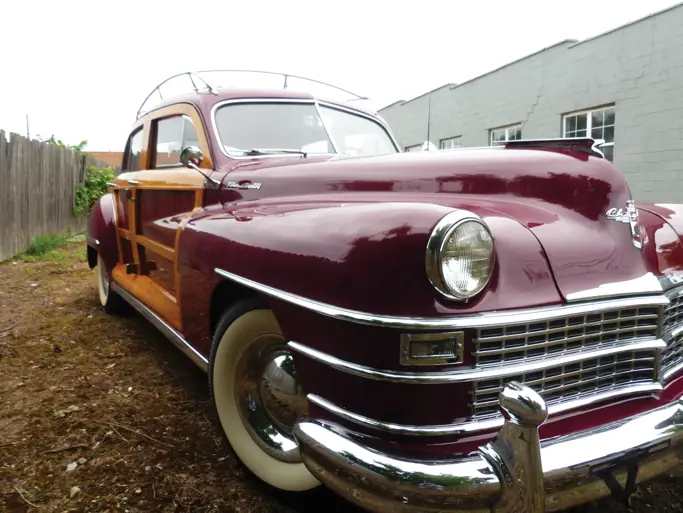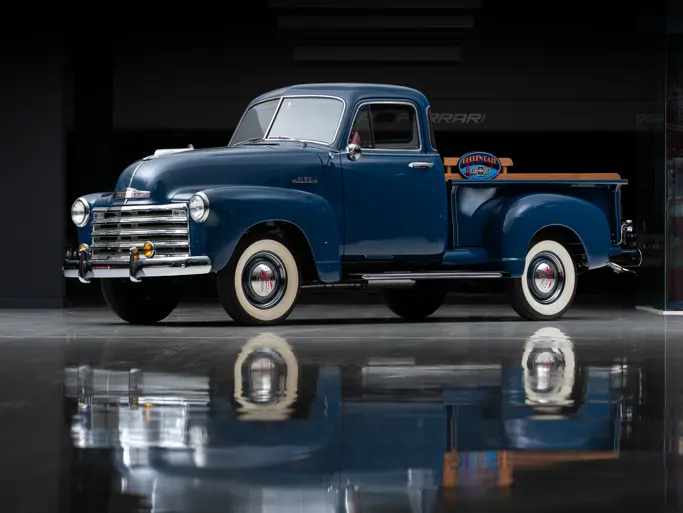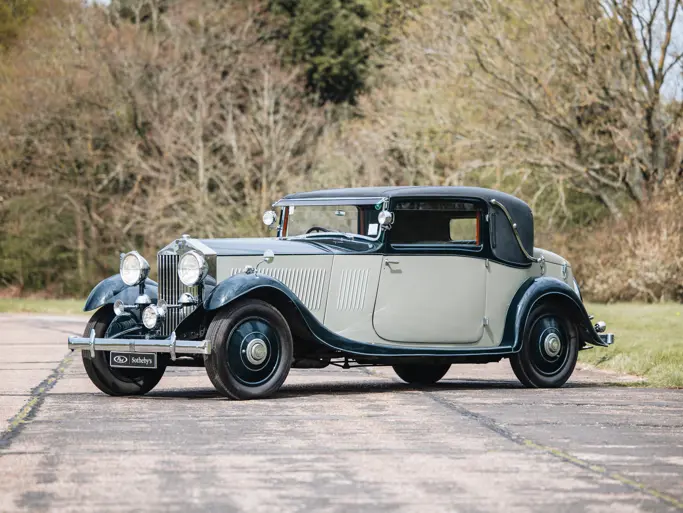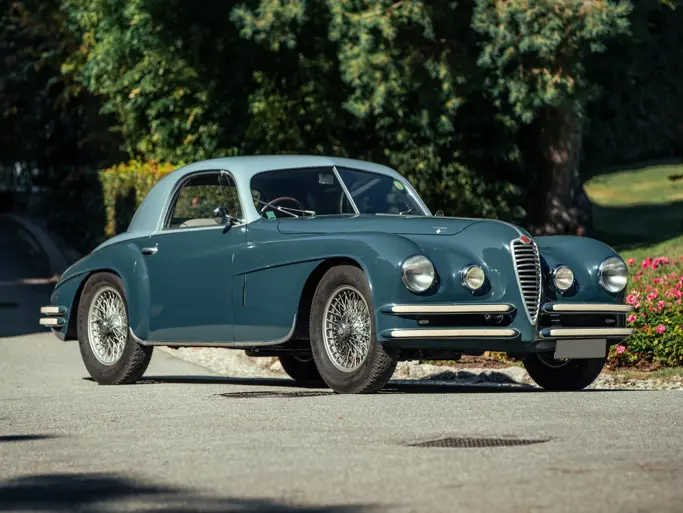The Dingman Collection
1943 Ford GPW Army Jeep
Offered from the Dingman Collection
{{lr.item.text}}
$42,560 USD | Sold
 | Hampton, New Hampshire
| Hampton, New Hampshire
{{internetCurrentBid}}
{{internetTimeLeft}}

- Offered from the Dingman Collection
- The iconic grandfather of today’s Jeeps
- The only Jeep for the Ford collector
- Nicely restored and presented
Today, Jeep stands alone as a brand in its own right. For the first three decades of the marque’s life, however, it was known, formally and informally, as “Willys Jeep.” That’s ironic, as Willys-Overland did not actually “invent” the Jeep—that feat is attributed to engineer Karl Probst, working at the American Bantam Car Company in Butler, Pennsylvania. Created to respond to a World War II Quartermaster Corps RFP for a light 4 × 4 vehicle, Bantam’s entry met the specification requirements but was underpowered compared to the competitor from Willys, which turned out to be too heavy. Ford’s Pygmy was praised for its agility, but its tractor engine was also underpowered. In the final accounting, the Willys was judged best value. Bantam, moreover, lacked the capacity to produce the quantity that the Army needed, so Willys was contracted as the principal supplier in July 1941 (Bantam got a contract for utility trailers as a consolation prize).
As the War outside the United States continued, a second supplier with deep resources was called for, so Ford, runner-up in the RFP evaluation, joined the march to war in October 1941. Since standardization was paramount in military logistics, the Ford Jeeps were all but identical to the Willys MB models. This meant using a clone of the 134-cu. in. L-head Willys four and interchangeable running gear. Production of the Ford GPW began in January 1942, and by war’s end nearly 278,000 had been delivered, second to Willys’ 362,800, but not by much.
This 1943 Ford GPW was purchased in February 2000 from Al Grounds of Smyrna, Texas. Previous owners included Roger C. Russell and Floyd Welch of Mesa, Arizona. The archetypal Army Jeep, it is painted with matte olive drab and has a matching canvas top. Overall, it is in very good condition, with only modest wear showing. Body contours are straight, and the matte finish paint is good throughout. The engine compartment is correctly restored, but for some modern hose clamps and conversion to 12 volts, for which an AC Delco alternator has been installed. The headlamps use halogen bulbs. The tires are of a military tread 6.00-16 LT-design from Specialty Tires of America.
The early Jeep four-wheel-drive system is simple by modern standards. A three-speed manual transmission drives a two-speed transfer case, which provides lower gearing for four-wheel-drive only. There are no lock-out hubs on the front wheels. Associated equipment includes a shovel and axes, jerry can with a collapsible canvas bucket, a fire extinguisher, and a blackout lamp on the left front fender. There is a hand crank located behind the rear seat. A pintle hook is provided for towing.
The Jeep is iconic, a symbol of American ingenuity imitated worldwide. There is no better example than the model that started it all, and for the Ford collector, of course it should be a Ford Jeep.

